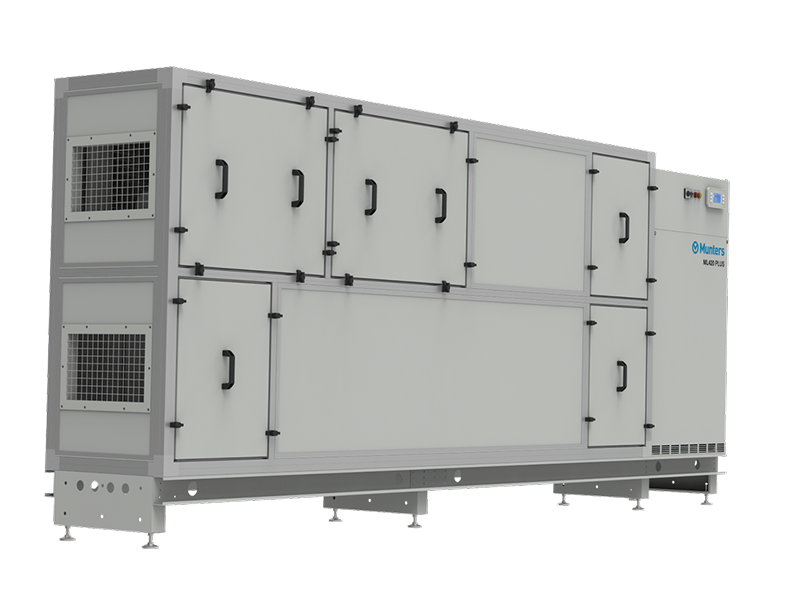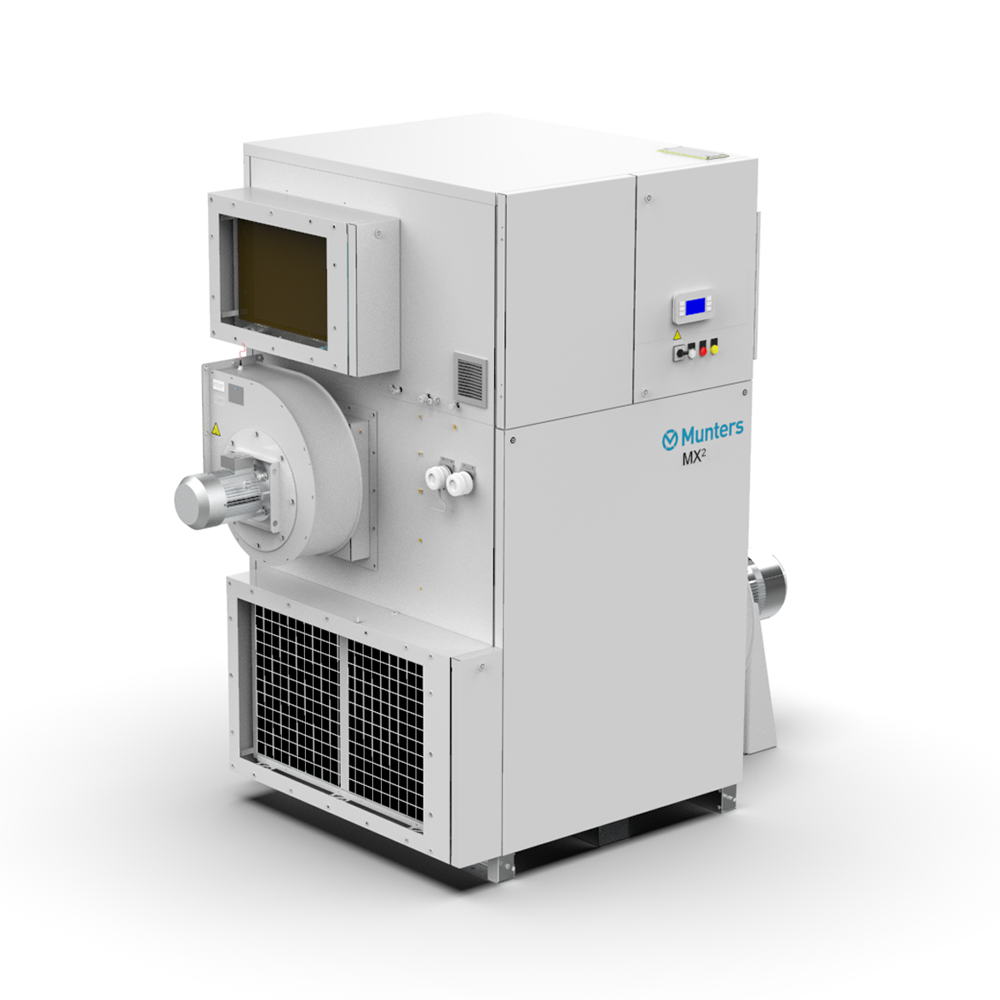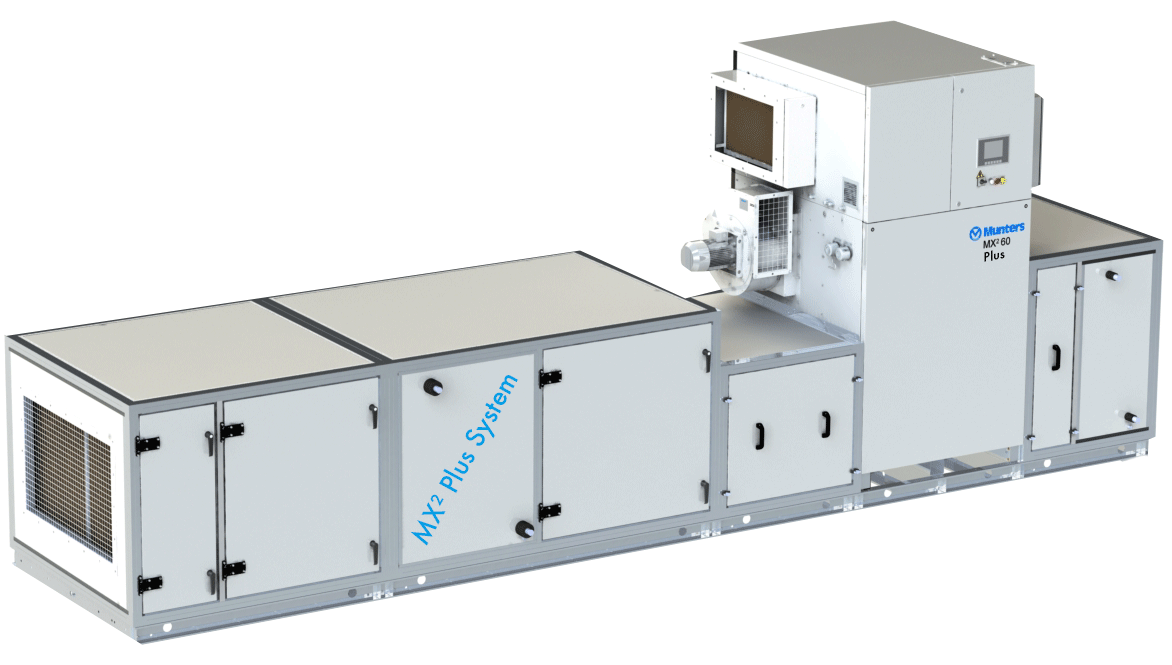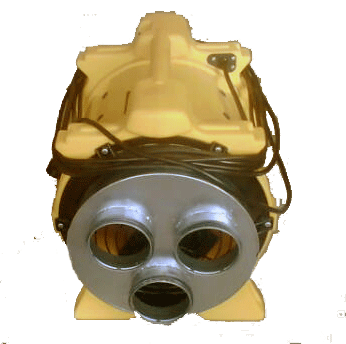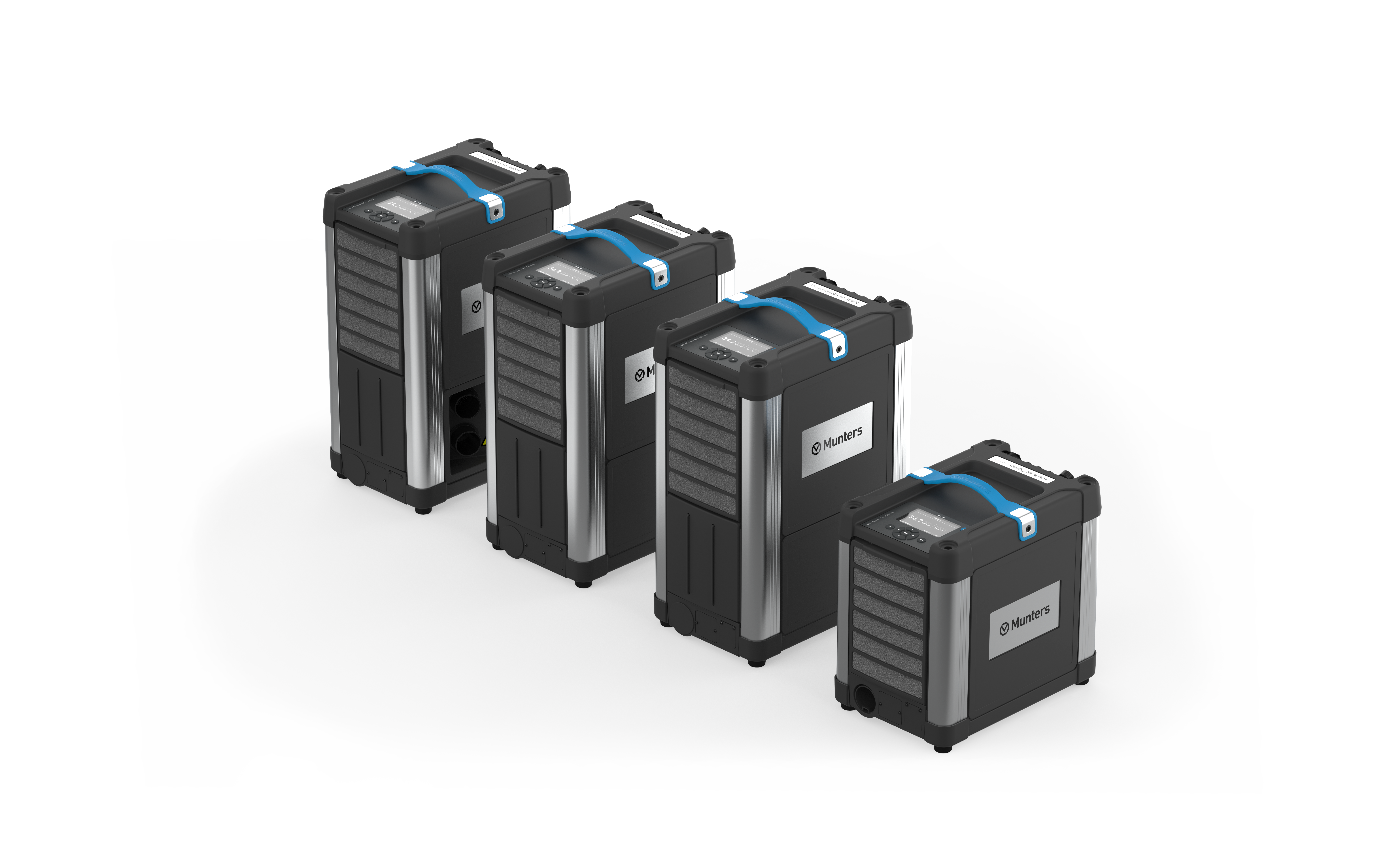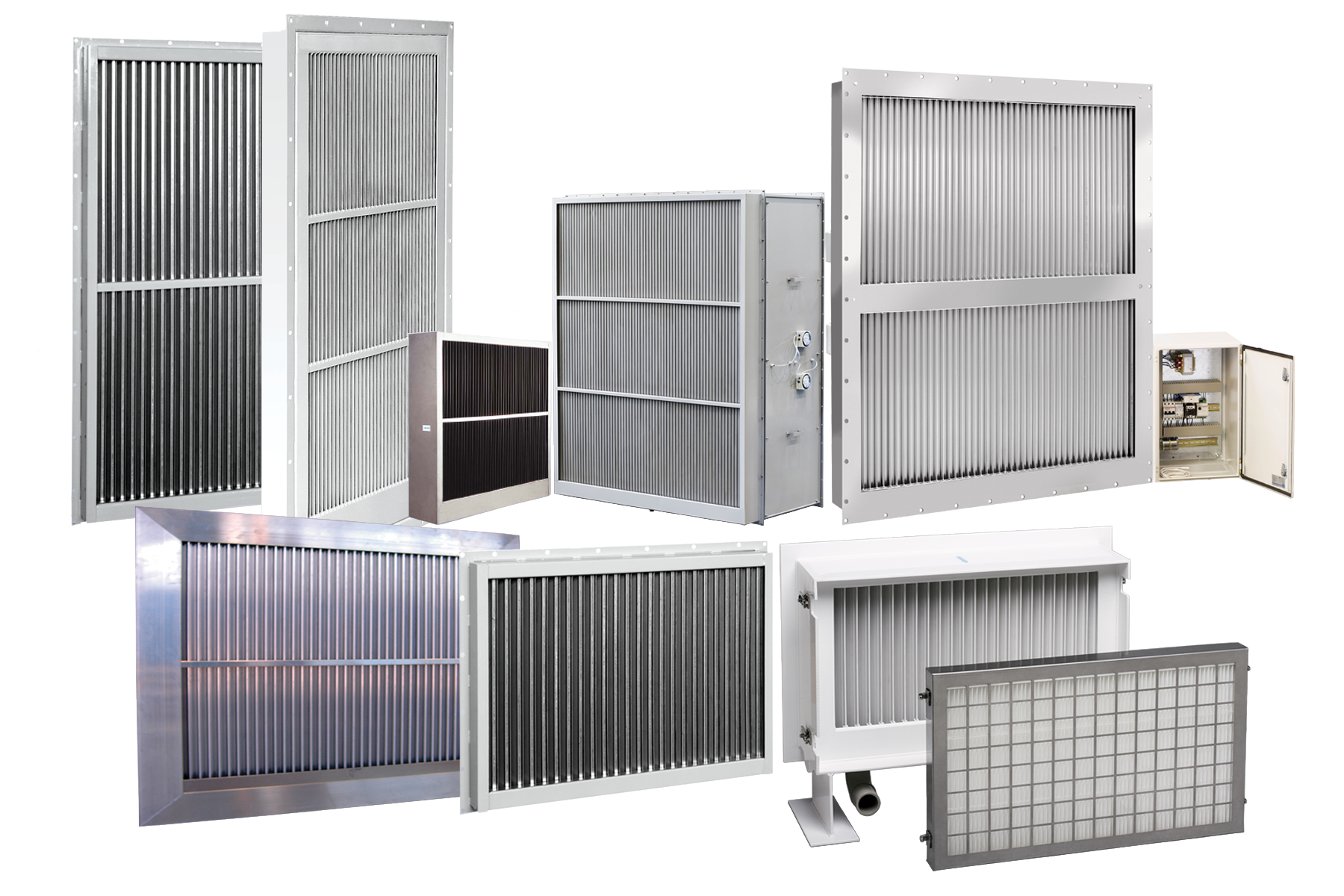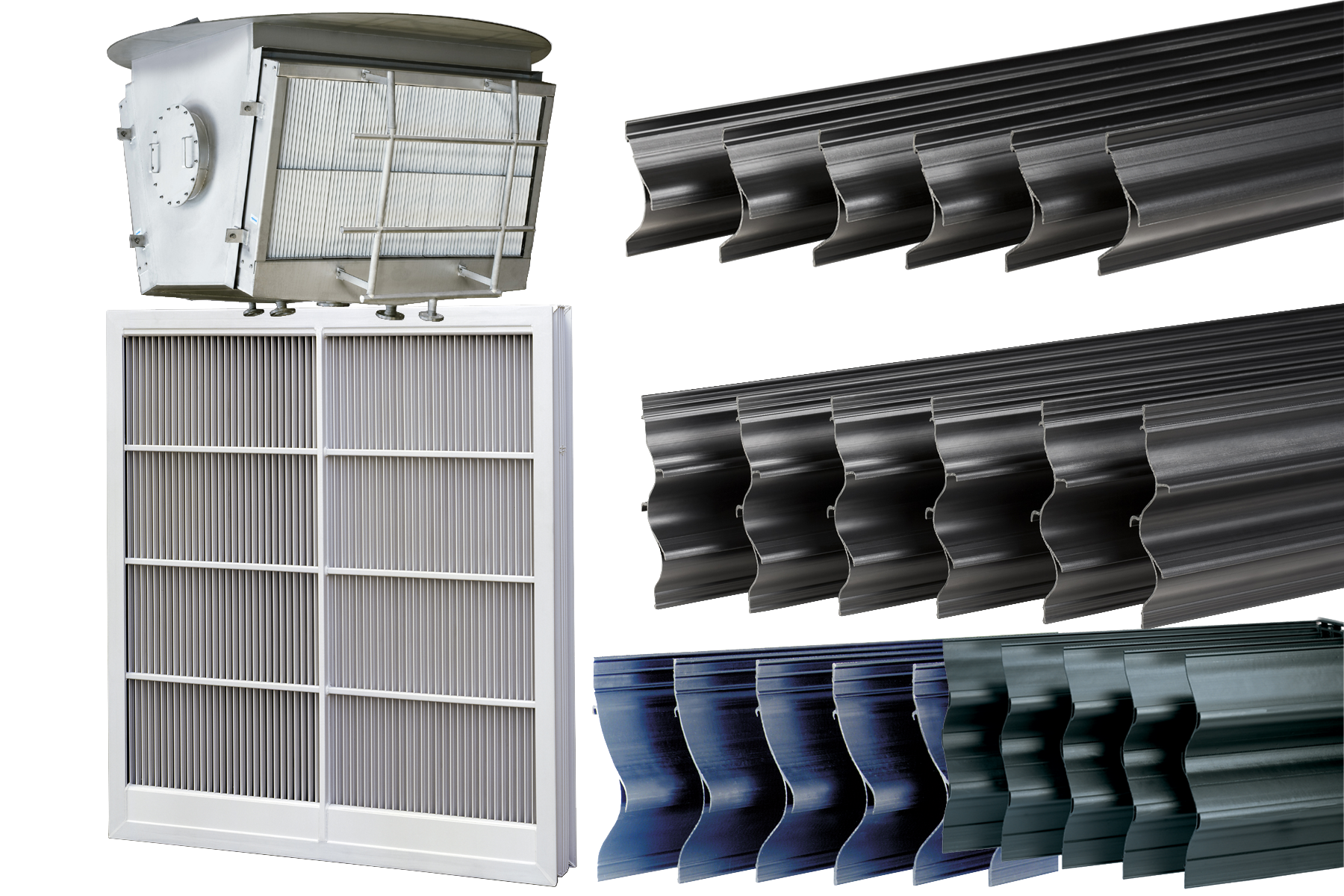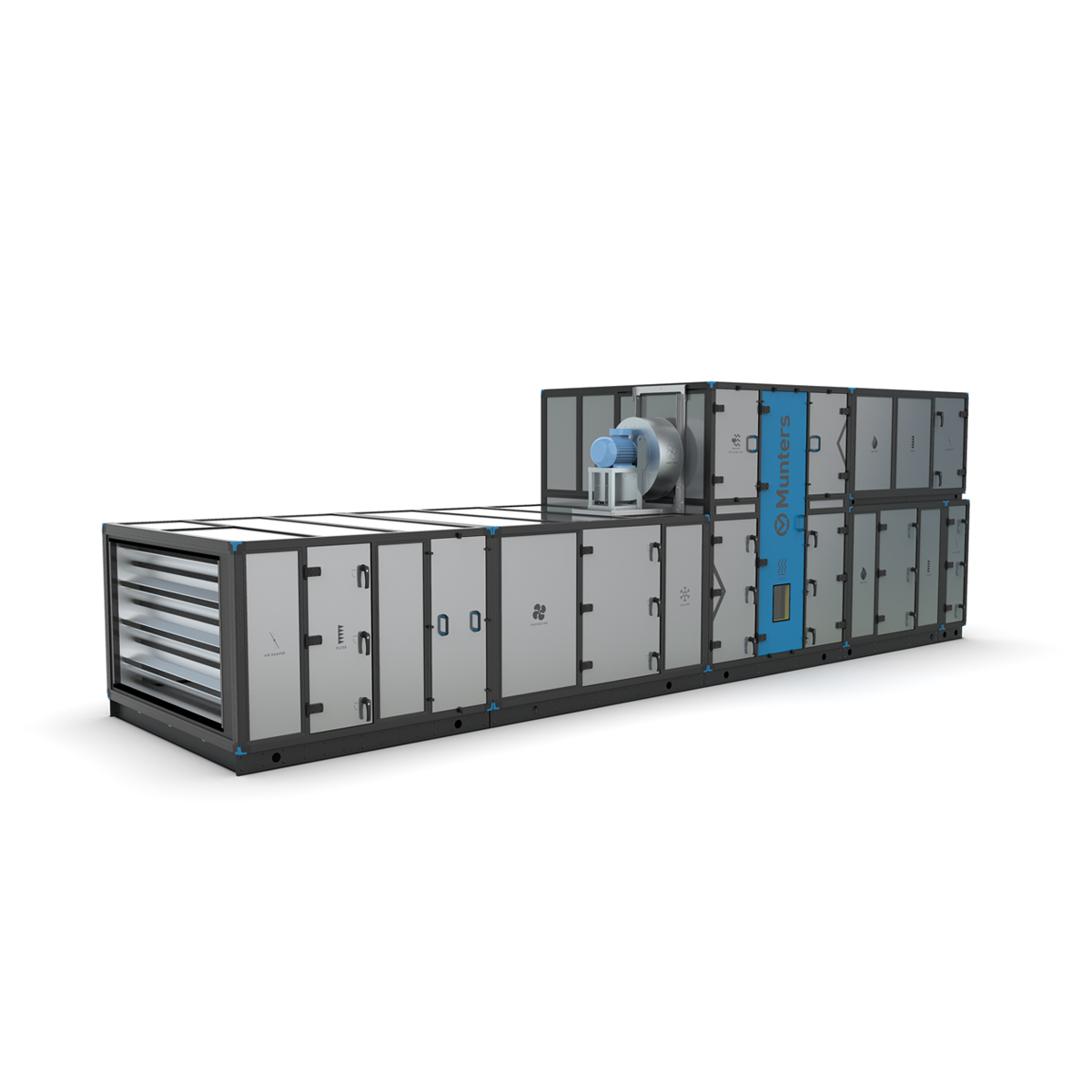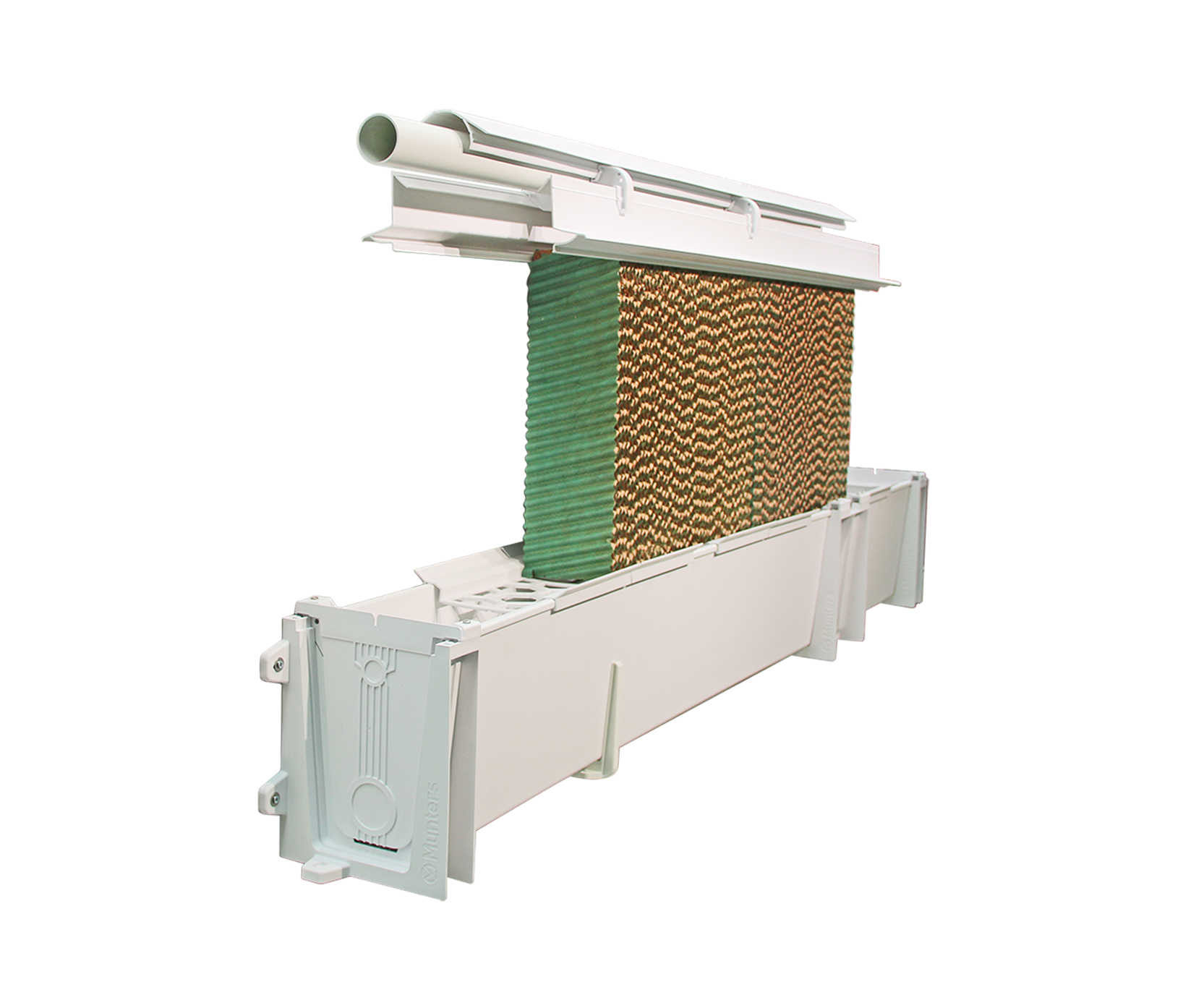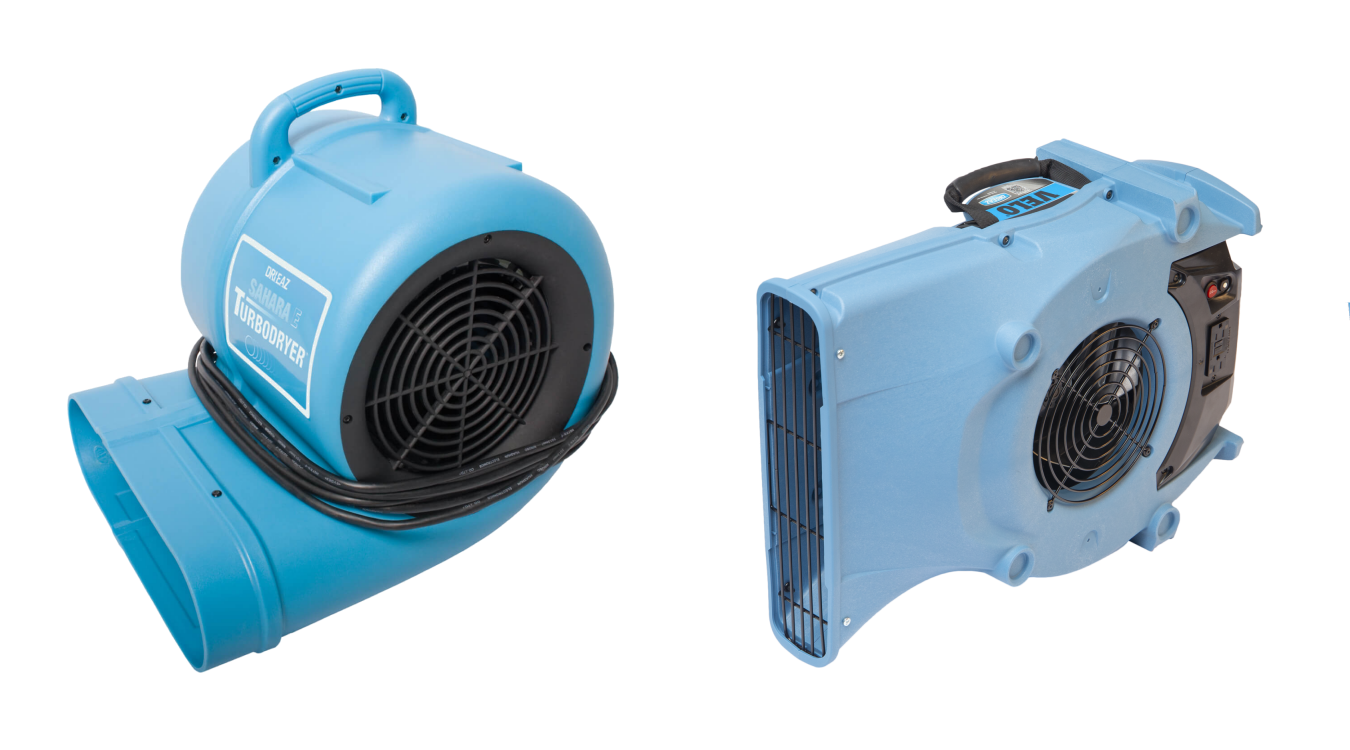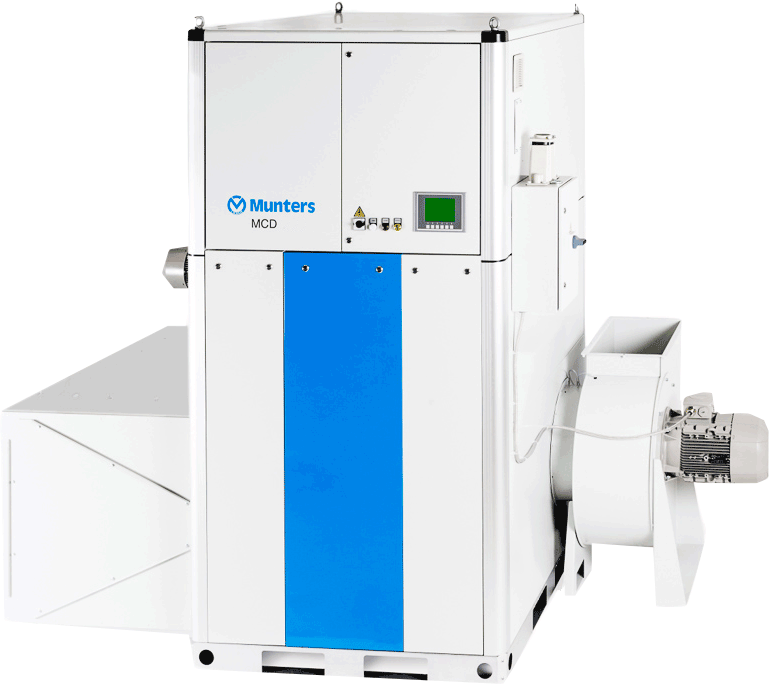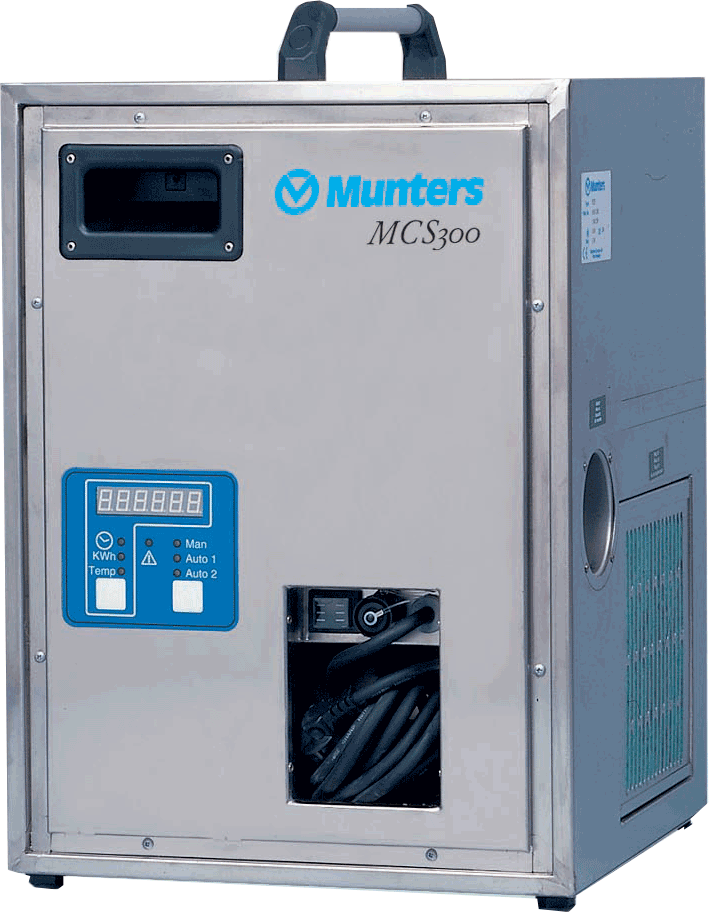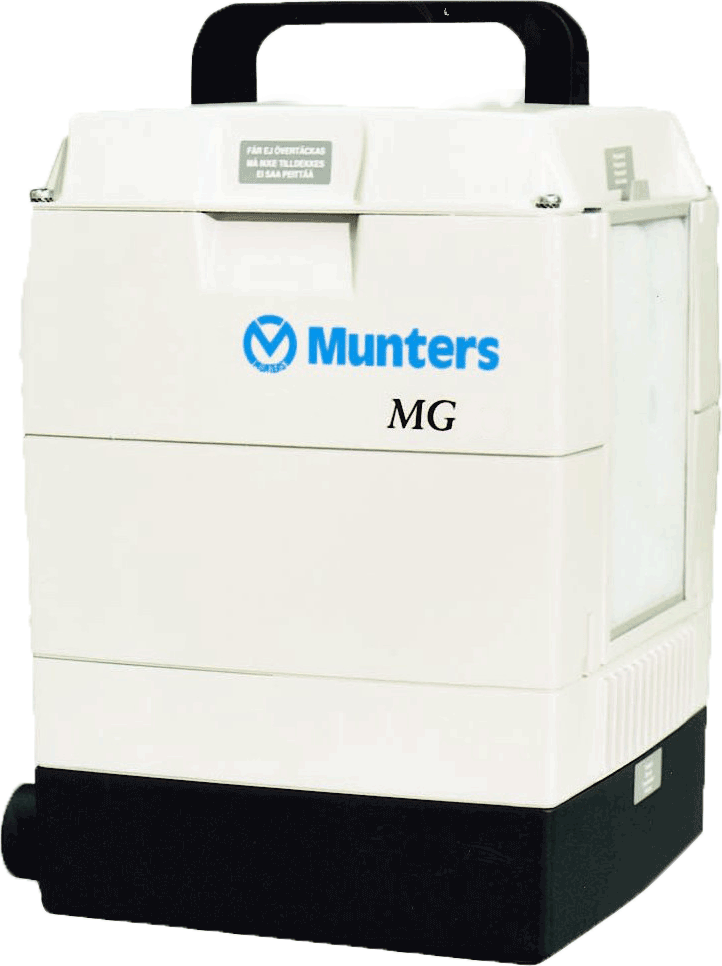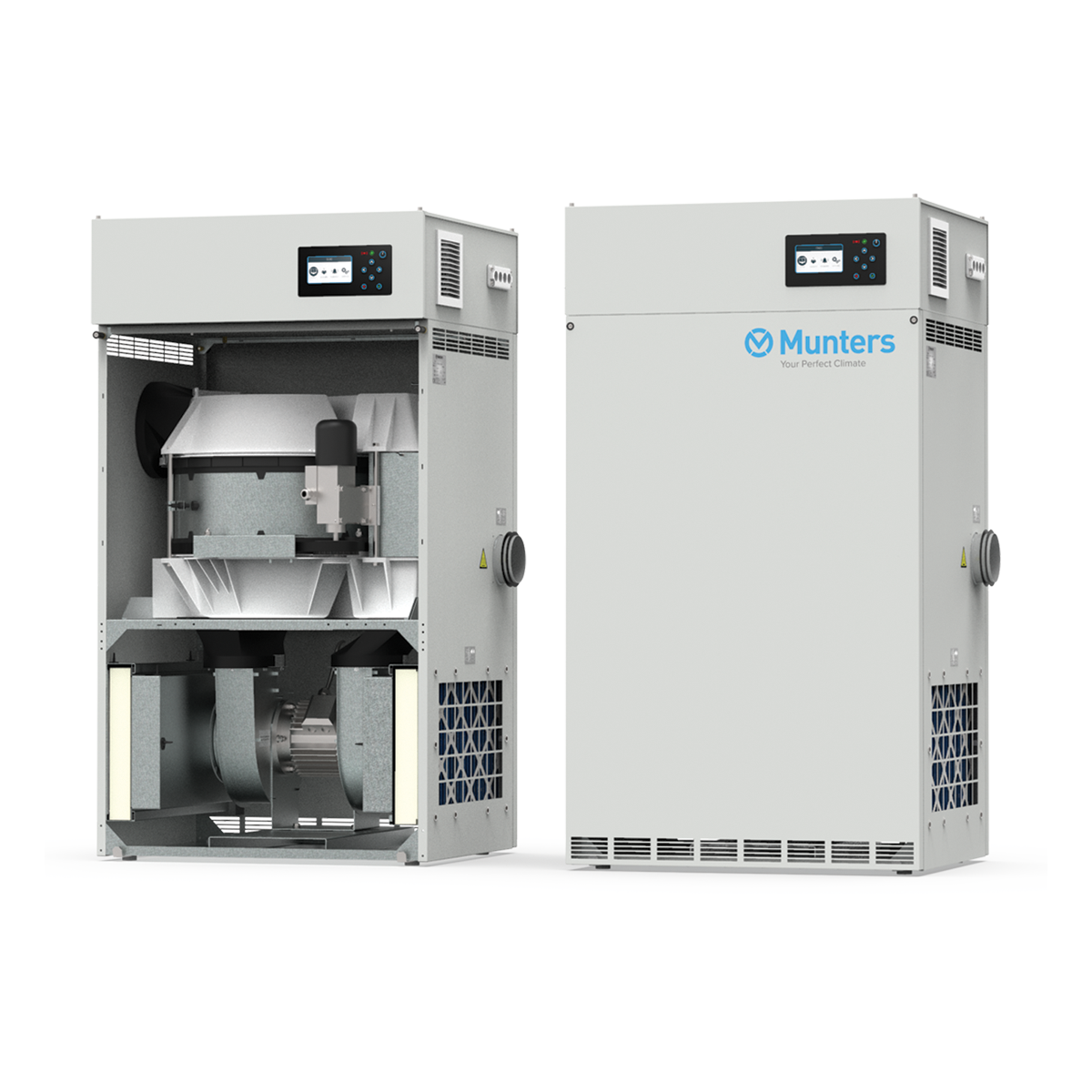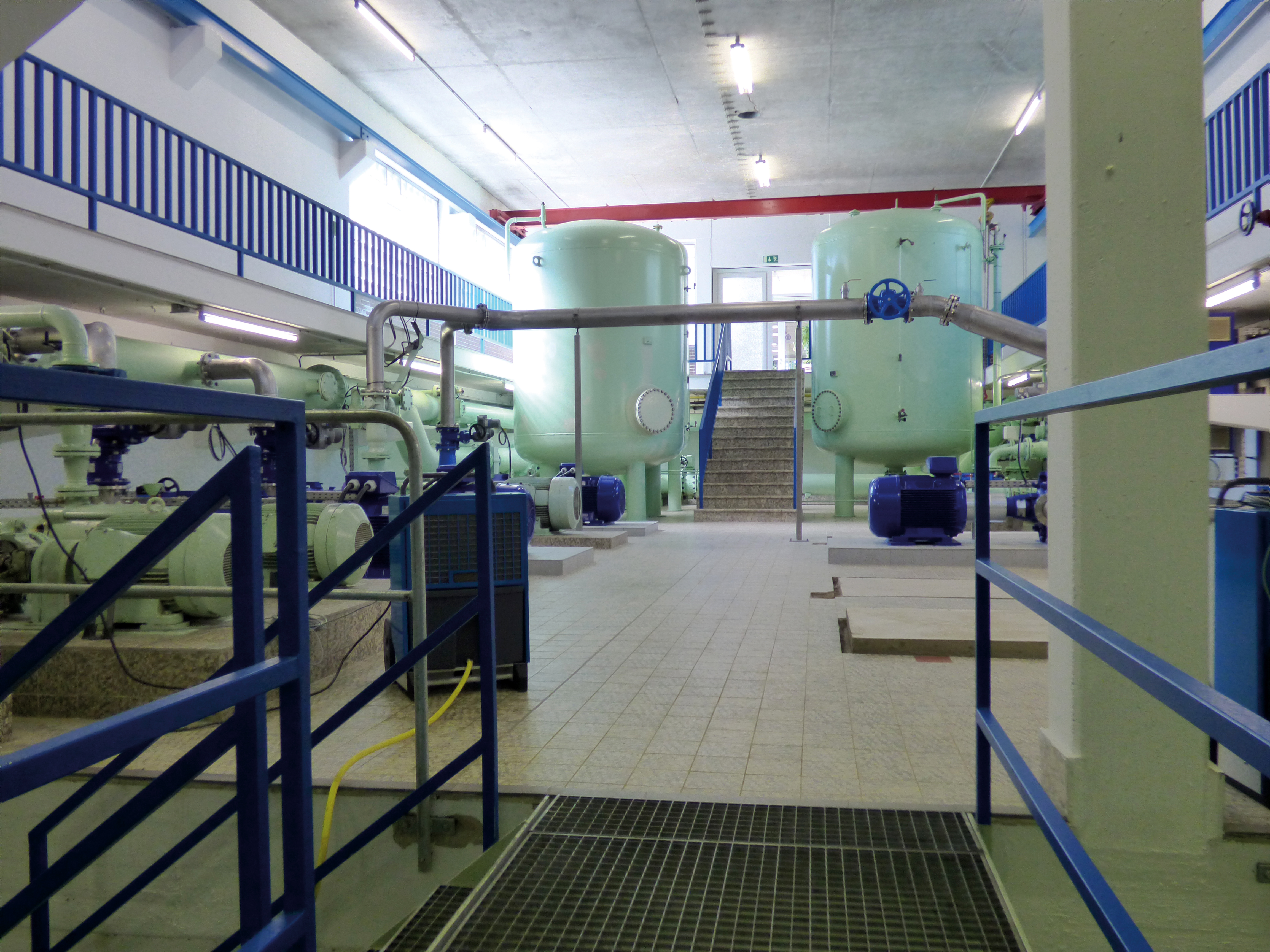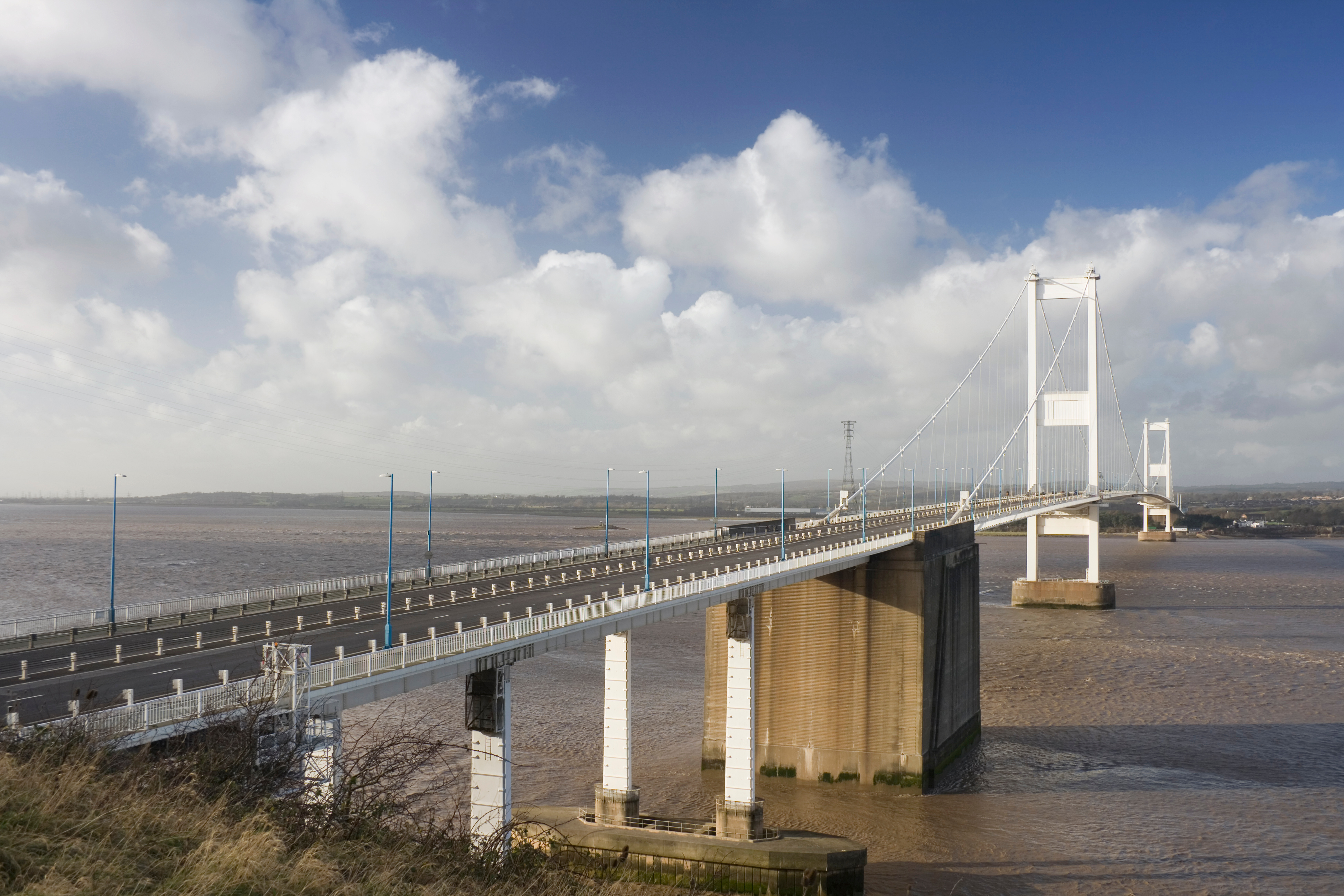Reduce humidity for increased efficiency and lower maintenance costs
Excess humidity is a persistent problem in the construction and infrastructure industry. Munters solutions for construction and infrastructure ensure the correct humidity levels, whether to accelerate building processes or keep already-built infrastructure healthy.
Excess humidity slows down construction during processes such as curing concrete, and can cause corrosion, mold and other issues in existing infrastructure, such as bridge pilings. Munters is a global leader in energy-efficient industrial dehumidification. Our solutions ensure the proper humidity levels for construction and infrastructure. Using our revolutionary control platform, Munters AirC and connectivity solutions, you can monitor and manage our connectivity-enabled air treatment equipment from your computer or smart device.
Applications for construction and infrastructure
Drying concrete during construction
Waiting for the natural drying process is often unfeasible due to the time concrete can take to dry, causing delays. Unless the specifications for moisture content in the concrete are met, the next floor cannot be constructed, sealers cannot be applied, and flooring subcontractors cannot proceed. This chain reaction of delays pushes up costs and risks overrunning deadlines for completion.
Of the various building materials, concrete can be one of the most vexing sources of moisture. Although a slab may appear dry, the appearance can be misleading. Under average ambient conditions, a concrete slab poured within an enclosed building will dry at a rate of about an inch per month. But even that is a generalization; the actual rate will differ based on the concrete batch ingredients (the mix design), curing procedures, and ambient conditions—indoor and outdoor temperature and humidity.
Excess moisture causes several problems:
- Moisture migration to the surface, which can result in the failure of adhesives, discoloration of flooring material, and blisters in coatings.
- Growth of mold in other materials as ambient moisture remains high. Poor initial adhesion of flooring installed on the slab.
Munters dehumidification devices help provide the perfect climate for faster building processes. And thanks to the revolutionary control platform, Munters AirC, and connectivity solutions, you can monitor and manage our connectivity-enabled construction site dehumidifiers from your computer or smart device.
Get in touch with Munters to enquire about our range of products designed to deal with the demands within the construction industry.
Advantages:
- Shorter drying times
- Less risk of discoloration and mold
- Faster access for subcontractors
- Better adhesion of sealers
Keeping infrastructure dry
Most types of infrastructure rely heavily on steel to provide the necessary strength. Unfortunately, corrosion of steel components is commonplace and not always easily detected, which makes it especially dangerous, since it can lead to structural failure, environmental damage, and the loss of capital investment and perhaps even life.
However, dry air significantly inhibits corrosion. Moisture is the primary cause of rusty bolts, corroded rebar and weakened trusses. In other words: less humidity equals less maintenance.
Munters dehumidification devices can help move moisture-laden air outside, ensuring that the air inside a bridge tower, for instance, can be kept dry to slow down corrosion. And thanks to the revolutionary control platform, Munters AirC, and the cloud-based application, Connected Climate®, you can monitor and manage our connectivity-enabled dehumidifiers from your computer or smart device.
Contact Munters to enquire about our range of products designed to deal with the demands of the infrastructure industry.
Advantages:
- Less risk of corrosion
- Lower maintenance costs
- Longer lifespan


